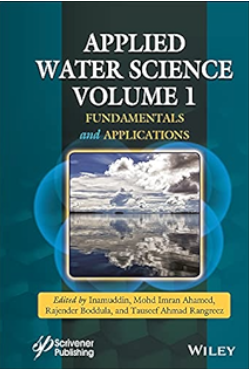Research on multi-objective optimal allocation of water resources based on differentiation coefficient in Sichuan Province, China
Abstract
The sustainable development of modern cities requires seeking rational water resources allocation strategies to alleviate supply–demand conflicts and improve the adverse development trend of water resources carrying capacity (WRCC). In this study, a conceptual framework of water resources "Endowment-Utilization-Development-Risk-Green (EUDRG)" is constructed to evaluate WRCC, and the coupling coordination degree (CCD) is employed to measure the coordinated development status of the water resources-social economic-ecological environment system. A water resources optimization allocation model under WRCC constraints is proposed, considering the minimization of water resources supply-demand contradictions, the minimization of sewage discharge, and the maximization of economic benefits simultaneously. The case study results show that: (1) The CCD and WRCC of 21 cities in Sichuan Province exhibit significant spatiotemporal differentiation characteristics; (2) The gravity center of WRCC in Sichuan Province tends to shift toward the northeast with Chengdu as the core; (3) The water resources optimization allocation model established in this paper is realistic and reasonable. The differentiated water resources control schemes under five different scenarios allow managers to make choices according to their preferences.

 求助内容:
求助内容: 应助结果提醒方式:
应助结果提醒方式:


